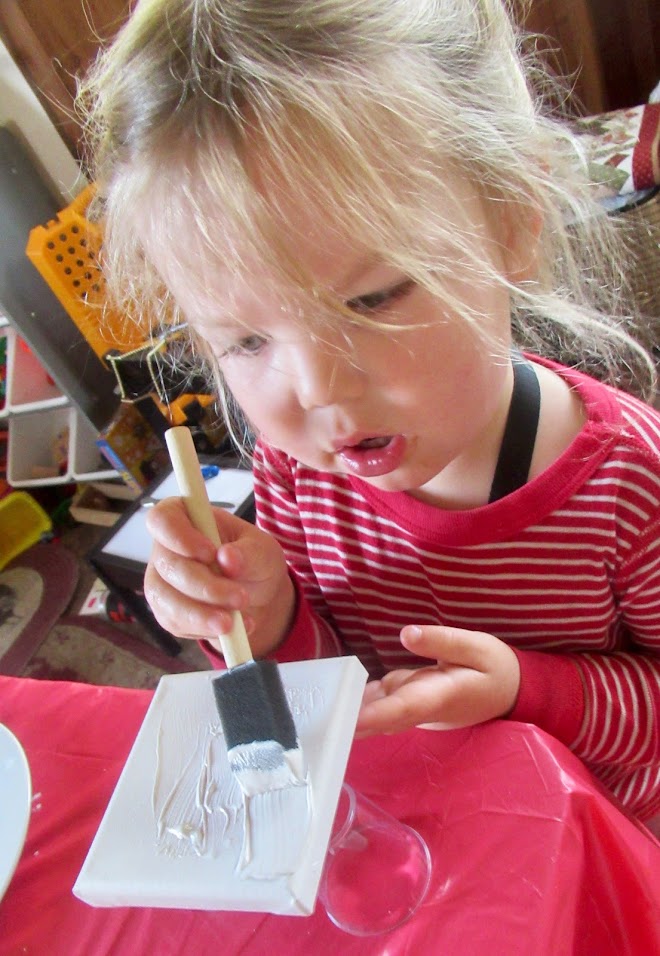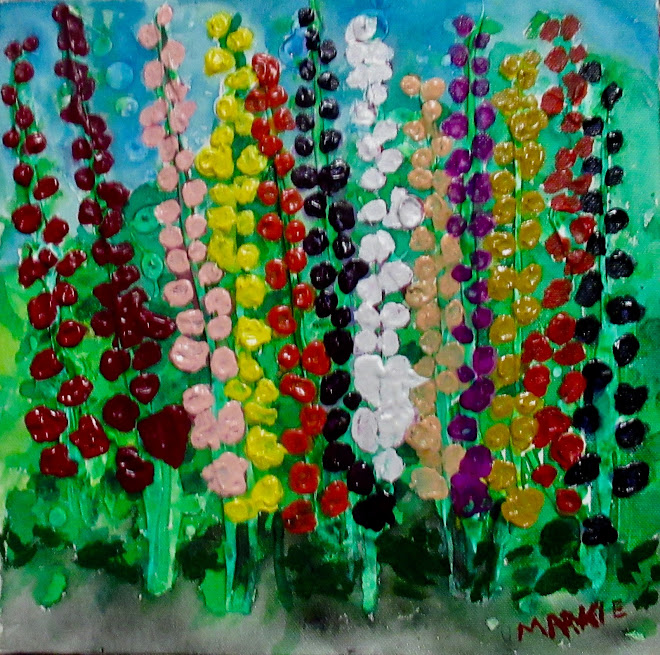Twenty-seven squares into my latest art project, I encountered a squall of epic proportions, which left me emotionally hydroplaning, utterly incapable of proceeding forward or retracing my steps. Given that there were only five squares to go, I was desperate to finish on Sunday, that which could then dry overnight, and be ready for sanding on Monday.
Each of the 32 squares in the wooden quilt consisted of thirteen pieces of wood: six of them either pine or hemlock, and the other seven of redwood, some of it with aesthetically pleasing blond streaks running through it. Considering it is a quilt made from wood, having variation in the different woods, creates a more accurate quilt, which would be made from any number of different cuts of fabric.
Nonetheless, 32 multiplied by 13 is 416 (minus 16 because only the redwood has ten-and-a-half-inch lengths), the total number of pieces that would ultimately be required to complete the project (400). Each piece had to be created out of what began life in my world as 2-by-4’s. I had to first rip 3/8th-inch-strips on the table saw, and then set up a jig for each of the seven different sizes, to try and ensure consistency.
 |
| Any variation in length causes ripples. |
I know what I would be thinking, if I were you. Is this guy going to lay off the bong, while he’s ripping a total of 40 linear feet of 2-by-4 through the table saw, at least eight times per, and then using a miter saw to chop 400 individual pieces of redwood/pine/hemlock?
O contraire! When I need to be able to up the ante when it comes to concentration, I have always reached for the cannabis. That especially includes doing term papers in college, the ones that were due the following morning.
Cannabis slows things down anyway, as you may have gathered, and when that whirling saw blade is only inches away, it tends to increase that awareness. What creates issues when dealing with spinning saw blades, is anything out of the ordinary. Speed kills.
It never pays to rush the process, and once you accept that, and even embrace it, you become safer for it. At one point I caught myself trying to beat the blade, you know, get the strip of redwood in place for the next cut, before the blade stopped moving. I stepped back from the table and reminded myself that the only competition I was involved in, was finishing with all of my digits.
I had four-foot-long strips that I was cutting into ten-and-a-half, nine, seven-and-a-half, six, four-and-a-half, three and one-and-a-half-inch pieces. To ensure that each specific length was precisely the same, I used a couple of the small chunks of wood to set up an arrangement on the surface of the chop-saw, clamped or screwed in place, so that all I had to do was shove the strips in place each time, with no measuring required, and drop the chop-saw blade straight down.
It pays to monitor the process, of course, to make sure that nothing changes, but when done properly, it helps to minimize any gaps that might result from lackadaisical cuts. The time spent setting up each individual jig, is compensated by not having to make 400 individual measurements.
What could possibly go wrong, right?
To begin there are a multitude of different quilt patterns which I could have chosen to replicate. Each has a specific pattern that must be followed, when creating each of the number of squares required. The one for Barn-Raising was completely different from the log-cabin pattern I had followed in the first art project.
Each square was identical, but it was a complex pattern that I had to carefully craft each time by copying the original. Then, when creating the actual quilt, it was about rotating each square so that the pattern slowly emerged as I went along. At first glance it all seems so straightforward, but the placement of each square required intense concentration.
I spent the first day creating and forming the 32 squares into the actual quilt, without gluing anything, and stepping back to carefully examine what I had put together. The second day should have been a piece of cake, right? All I had to do was start in the center, and monitor that the strip of plywood on all four sides, stayed the same, and glue each, individual square in place.
All went swimmingly for 27 squares before I ran into a granite wall. I had removed the 28th square, placing the 13 pieces of wood on a piece of cardboard to the right, just as it had been arranged in the quilt, and applied a liberal amount of wood glue to the area about to have 13 pieces of wood stuck to it.
I began transferring the pieces, as I had already successfully done 27 times, and I misplaced one little six-inch-piece, putting it 90 degrees to where it should have gone, and then laying the others in place in what seemed like the right order at the time.
Something was dreadfully wrong. Unfortunately, the pattern became like a Chinese puzzle, even with all of the other squares available for comparison. Having already put the pieces into place, and then having to remove them, left everything a sticky mess, and I was suddenly panic-stricken, for no discernible reason.
Each piece from the square had to be placed upside down because of the glue, which should not have mattered, but it did, at the moment. The worst possible scenario said just walk away, let everything dry, and get out some sandpaper the next day. But that would have been too easy, and besides, I had that internal goal of getting it done so that I could sand it the following day.
I tried to slow my spinning brain down, but the harder I tried, the more I lost it. Gluten-Free Mama, who had been watching me light up, took pity and came over to see if she could help. She knows more about quilting than I do about the San Francisco Giants, so I was more than happy to step aside.
Having her there beside me, comparing what was in place to the pattern in the book I was following, calmed me down to the point where I was able stop the spinning, and form a plan. I would take one of the remaining squares that was still unglued, place it on an external piece of cardboard, figure out how it should be positioned, and then meticulously move the already-glued pieces into place, using the template.
It sounds ridiculously simple, and it was, but not to a brain that had already been working all day. After I had accomplished righting the wrong, I wanted to finish the last four squares, but Gluten-Free Mama firmly maneuvered me away from the arena, explaining that sometimes in the world of quilting, you just have to shut it down and start anew, the next day.
As it turned out, I did finish when I first got up around one in the A of M, and by the time I was ready to think about sanding, it was eight hours later, and the glue was plenty hardened. On to all parades some rain must fall, and no gain is ever accomplished without some pain.
That being said, I haven’t even installed Barn-Raising in the dining room, and I am already planning my next project, this one about life.
It’s called peaks and valleys.


















No comments:
Post a Comment